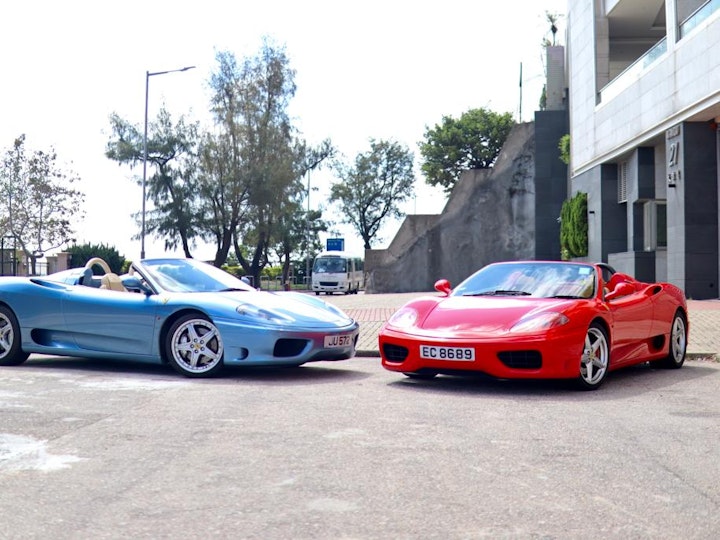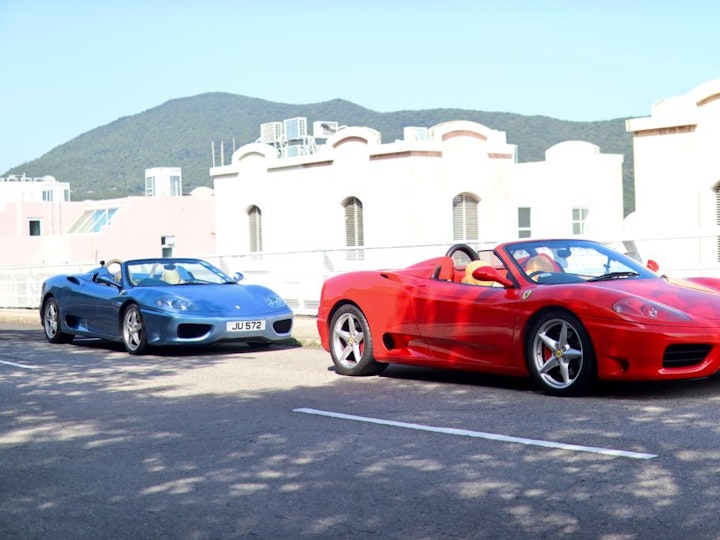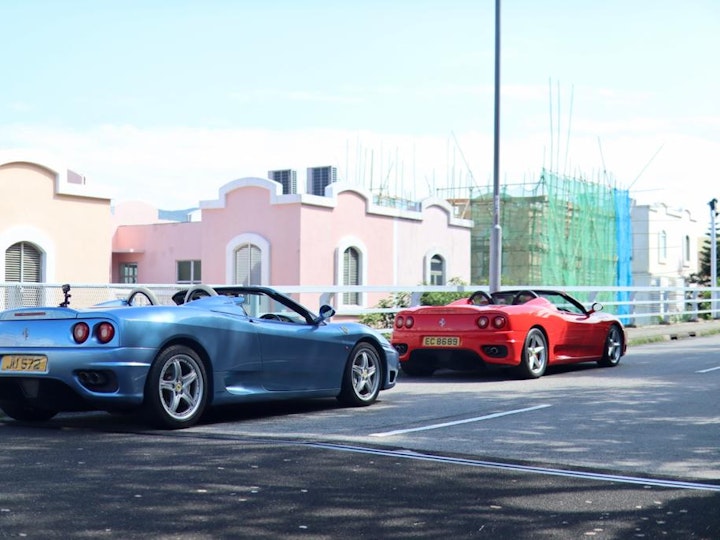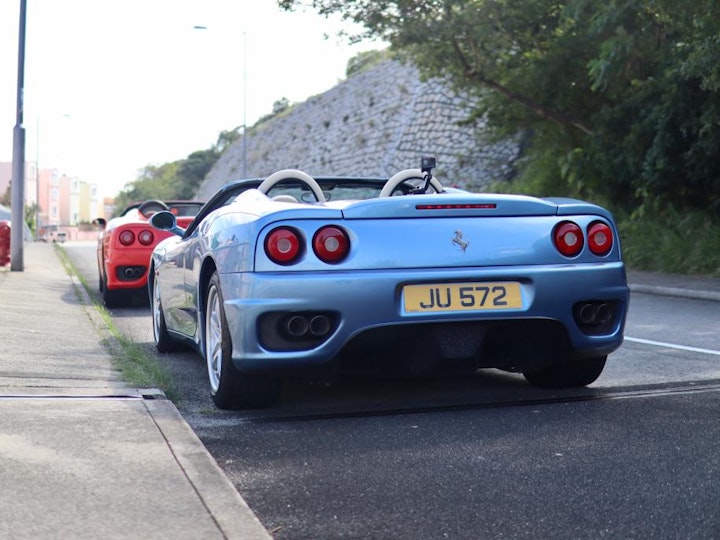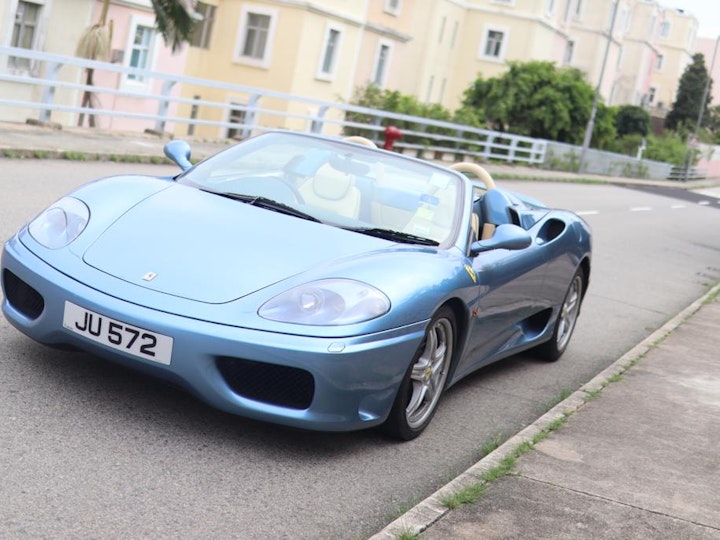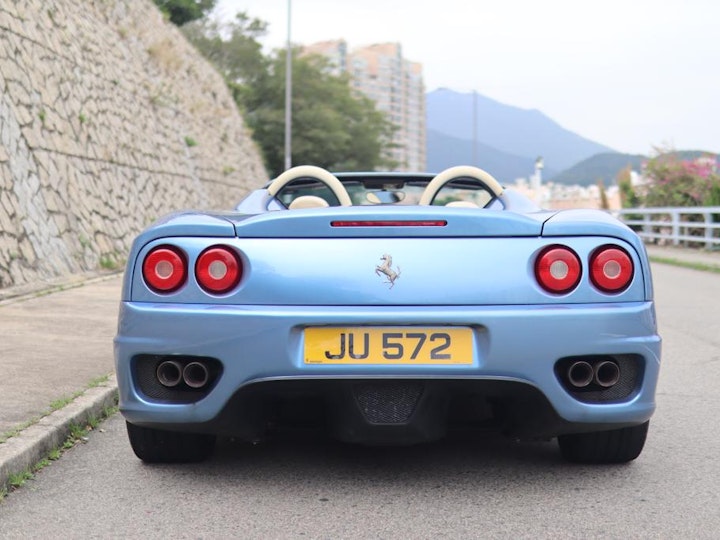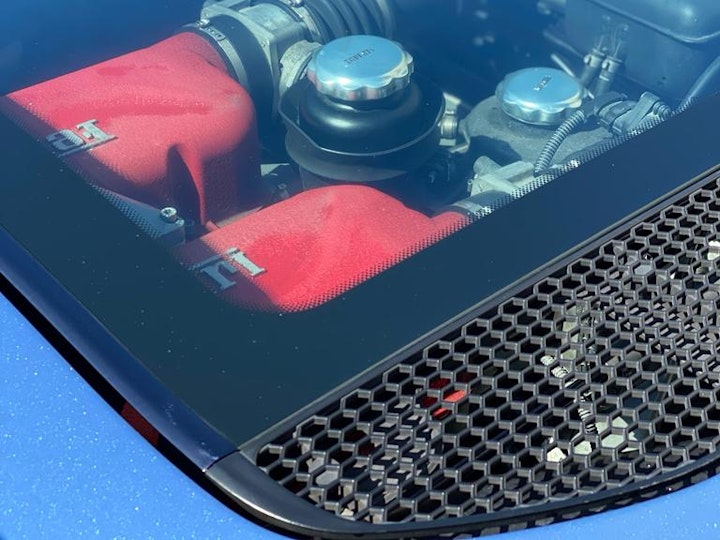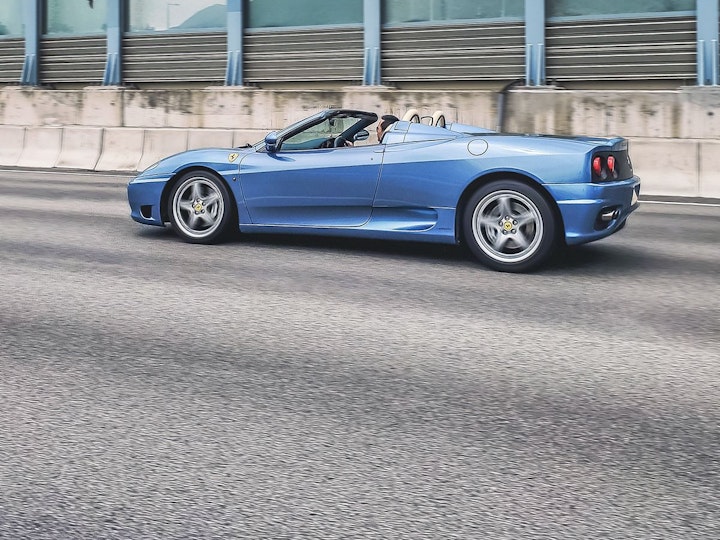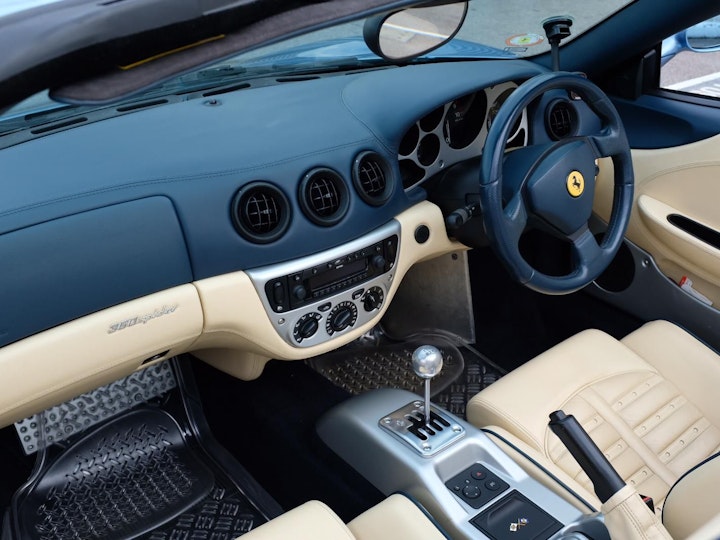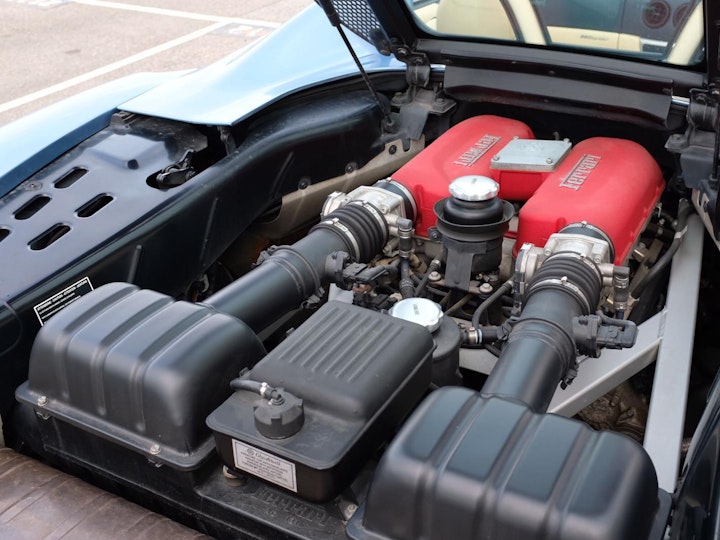My first Ferrari was a 2007 F430. In fact, the first Ferrari I ever drove was a F430 Spider when I was 18, courtesy of the local Ferrari dealer. No surprise, I fell in love with the car instantly and vowed I would buy one, one day. And bought one I did in 2015. It was as good as I remembered, the performance was more than enough for Hong Kong, it was comfortable and reliable enough, and that exhaust note – simply perfection. However, it was always missing something…a gear stick. The F1 was more than capable, but I am a classic guy so I just couldn’t live with an F1 for long knowing that there are manuals out there (despite already owning a 328GTS). The more frequent maintenance of F1 gearboxes also bothered me (more on that later).
Alas, after four wonderful years with the F430, including shipping it to Australia in 2018 for a rally known as the Targa Florio Australian Tribute, I sold it and shortly after bought a 2004 360 Spider manual. While the 328GTS is great, a modern-ish gated Ferrari offers something different, such as better performance and usability. And if I am honest, the 328GTS engine and exhaust note doesn’t sound particularly exciting (they really only started sounding good from the 355 onwards).
The 360 is no match for the 430 in terms of performance and, weirdly, the quality of the interior – it was from that ‘cyber’ age so it has many silver plastic panels which look cheap and outdated today. However, the 360 set quite a precedent when it was first released in 1999, as it really modernized the Ferrari V8 line up. For the first time, it uses full aluminium body panels and an aluminium monocoque chassis construction. As such, even though it was a noticeably larger car than the 355, it only gained 40KG. Its design is a lot more aerodynamic focused and was predominantly designed in the wind tunnel. Most importantly, it was the first V8 to have significant underbody aerodynamic features, including a rear diffuser. As a result, the car also looked a lot more modern, having clear headlights instead of pop ups, and for the first time, a one piece solid glass engine cover displaying the beautiful engine. I remember when it first came out, the car literally looked like a UFO on the road, nothing else looked close. Performance-wise, it has 400HP from its 3.6L five-valve per cylinder V8 engine. Doesn’t sound like much now, but one must remember that back in 1999, even the Gallardo wasn’t out yet, so there wasn’t much competition, and 400HP was quite a lot then.
As mentioned, the 360 is no where near the 430 in terms of performance – after all, the 430 has 90 extra horsepower and with significantly newer technology such as the e-differential and manettino. However, the 360 is actually more enjoyable as it is lighter, feels more agile and balanced, and more manageable with ‘only’ 400HP (admittedly this may only be applicable to cities like Hong Kong where the roads are narrow and short). The 360 actually gives you a go-kart-like feeling when having a spirited drive, whereas the 430 feels more heavy and bulky. One thing that the 360 utterly fails, however, is the original exhaust note. While it does open up and scream when you step on it, it simply does not have the muscular exhaust tone that the 430 has. However, a change to Tubi quickly addressed that problem. Note that a 360 has a higher note compared to the 430, so they will never sound the same, but they are both great in their own ways.
Today, we are lucky enough to also have our very own @nofishark’s mint one-owner 2002 360 Spider F1 to try out and see how it is different from my manual. Ferrari made around 16,000+ 360’s in all variants between 1999 and 2005, and online research suggest that only around 4,000+ of those were manuals. This means that the manuals are significantly rarer and this is reflected in today’s market prices, where a manual can fetch up to more than double than that of an F1 version. While the manual is undoubtedly more engaging and fun to drive (even @nofishark said so after we traded cars), the F1 should nevertheless be respected and appreciated. I always enjoyed the Ferrari single clutch F1 system (disclaimer, I have only tried the 360 and 430 F1’s, and not the first generation 355F1). Yes it is slower than the dual clutch systems we have today and yes they are higher maintenance because the automated F1 system rides on the clutch more by nature and therefore wears the clutch a lot quicker. But it still feels mechanical and it is still engaging. This is because it is ultimately a traditional manual but for having an automated clutch. So your right foot basically has to behave exactly the same way as it does when driving a traditional manual (including lifting off at every gear change). More importantly, the gear changes are very physical – even though it is just by a flip of the paddle, you feel every single gear change by the big push you get on your back. This is quite different from the seamless digitalized feeling (or lack of) you get with dual clutched cars of today.
Performance-wise, both manual and F1 should of course be similar as they are practically the same car, but inevitably, the F1 shifts gears quicker and allows you to focus on the road more without the need to worry about what your left arm and leg are doing (or in the case of LHD countries, your right arm and left leg). After all, the whole point of paddle gearboxes was to allow drivers to be more focused on the road with less distractions.
In the end, however, does it matter that the F1 360 is easier to drive than the manual? That’s the same as asking me, does it matter that the latter 458’s and 488’s are light years quicker than my 360 manual? The answer is no, and I will always pick my 360 manual over these faster and technologically superior cars because I am old school and driving pleasure to me is not only measured by speed or convenience.
A huge thank you to Alex C. (IG: @nofishark) for lending yet another one of his cars for us to review and for assisting with filming.
See our review video here:










